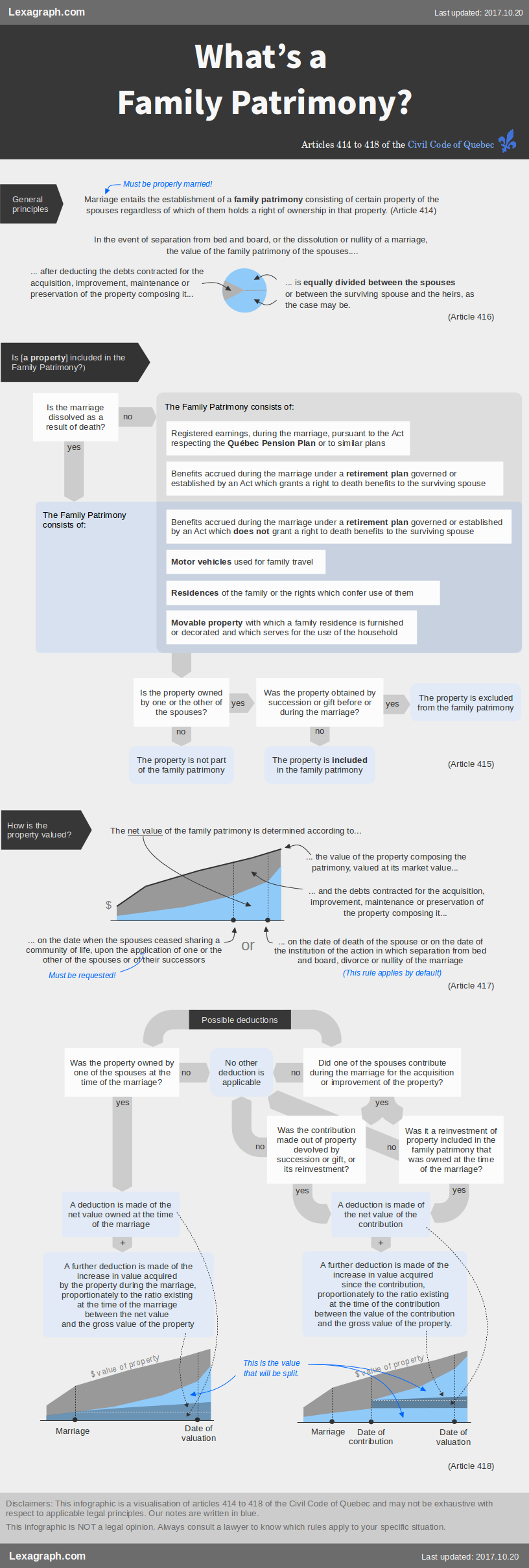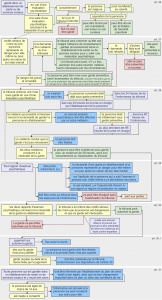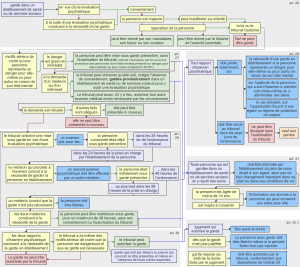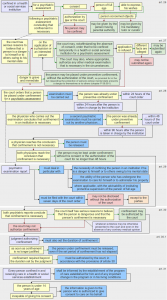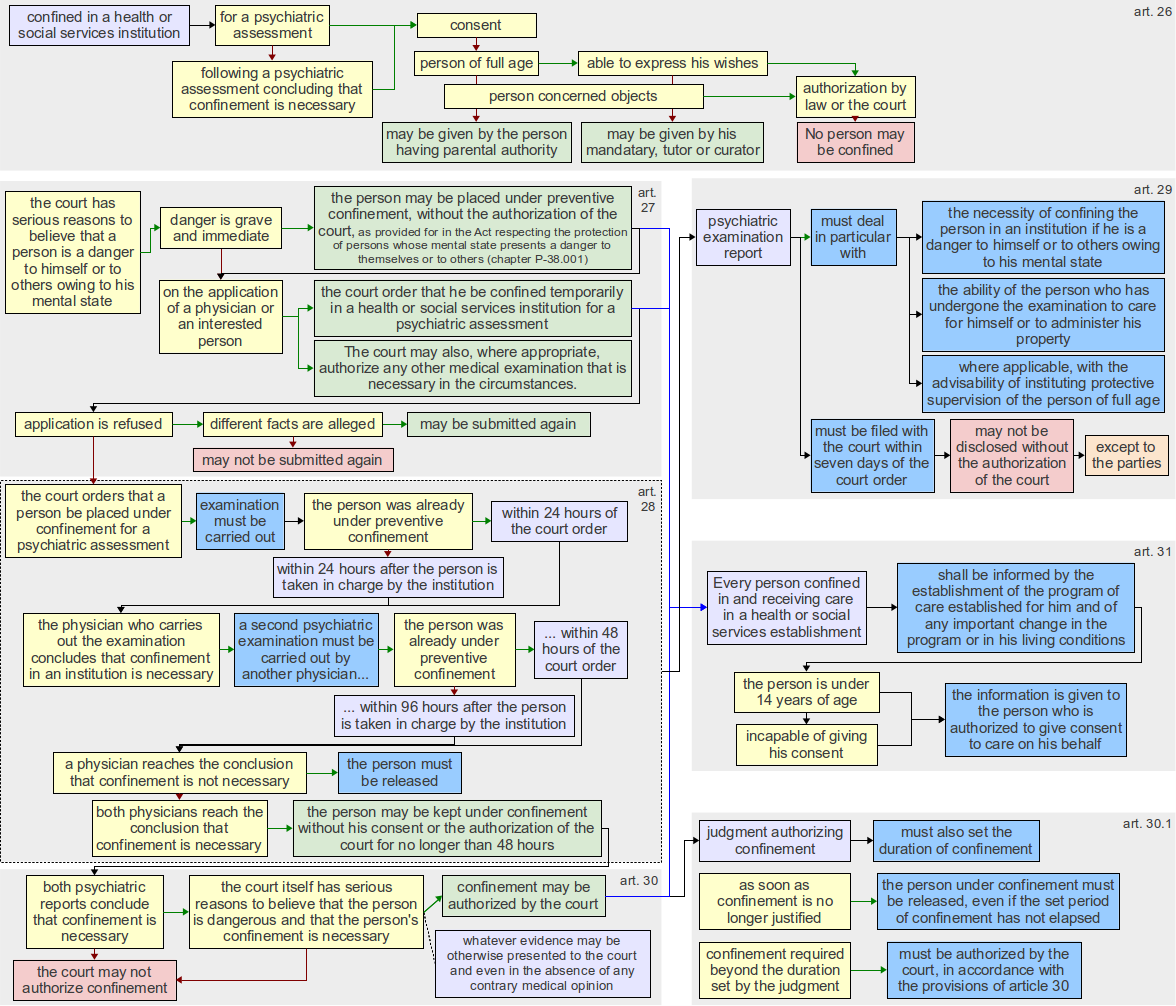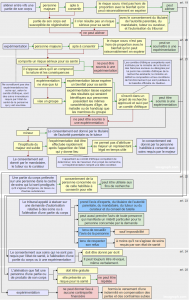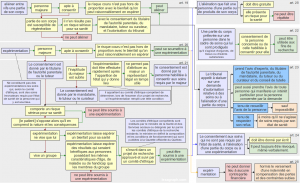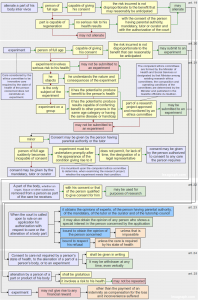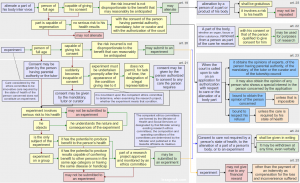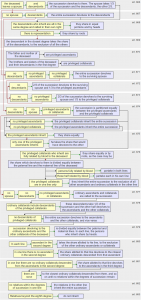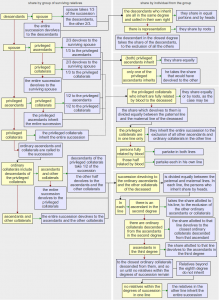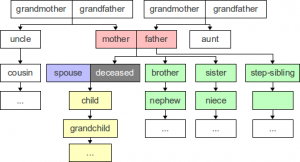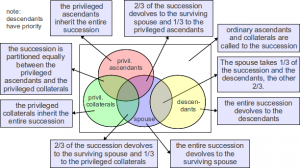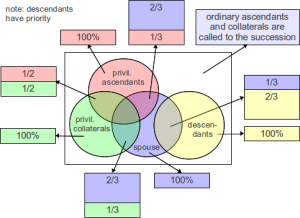One of the most frequent type of “BTW, since you’re a lawyer” questions I get is about notice when someone gets fired.
It’s not exactly the most difficult question, although like anything in law, there’s a simple answer and a complicated one.
The simple answer, for Quebec, according to the Labour Standards Act (LSA), can be found in the table below, also available on the CNESST website:
| Length of uninterrupted service | Notice |
|---|---|
| 3 months to one year | One week |
| 1 to 5 years | 2 weeks |
| 5 to 10 years | 4 weeks |
| 10 years or more | 8 week |
The complicated answer takes into account things like:
- whether your employer is under federal or provincial jurisdiction (the Labour Standards Act only applies to employers under provincial jurisdiction, which excludes banks, for example, but not the Caisses Populaire Desjardins)
- what position you held (the notices in the LSA doesn’t apply to upper management)
- whether you were unionized
- what kind of work you were doing (there is a quite technical list of excluded workers)
- whether any other exception applies
to determine that you should have at least X weeks of notice, but maybe more, it’s hard to tell…
At any rate, I’ve made a flowchart that’s somewhere between the easy answer and the complicated one, which should cover most of the situations out there…

